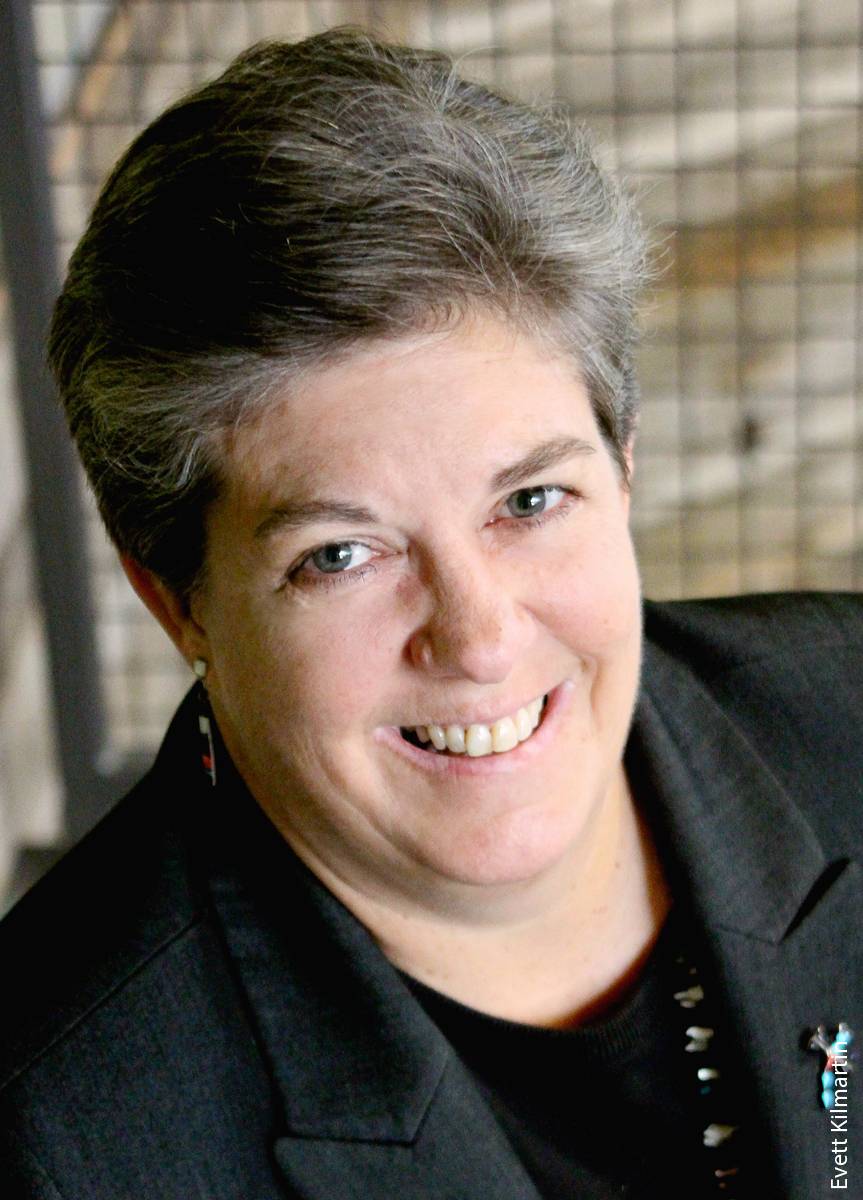All Issues
Unlocking the potential for innovation in rural California
Publication Information
California Agriculture 70(4):164-164. https://doi.org/10.3733/ca.2016a0020
Published online November 16, 2016
NALT Keywords
Full text
In my first editorial for California Agriculture one year ago, I made the case that UC ANR has for more than a century been in the business of what's known as “technology incubation” — providing infrastructure, tools and connections to help scientists and entrepreneurs turn innovative ideas into profitable, socially beneficial enterprises.
Expanding ANR's role as an incubator in California is one of my top priorities as UC ANR vice president. It's also an area where the UC system and the state of California are investing more resources.
In May, Christine Gulbranson was hired as UC's first senior vice president of research innovation and entrepreneurship, reporting directly to UC President Napolitano. Gulbranson's position was created as part of the UC Innovation and Entrepreneurship Initiative, which received a major boost from the state in September when Gov. Jerry Brown signed Assembly Bill 2664, allocating $22 million to the expansion of infrastructure at UC campuses to support innovation and entrepreneurship.
These investments are being made because incubation has proven benefits. Probably the best example in the UC system is QB3, an incubator founded in 2000 with a focus on quantitative biosciences across three campuses — UC San Francisco, UC Berkeley and UC Santa Cruz. Under the guidance of founding director Regis Kelly, QB3 has helped to launch hundreds of companies that in turn have created thousands of jobs.
QB3's “Startup in a Box” and other services illustrate perfectly the many ways that a good incubator can support a new business — providing help with establishing the legal and financial structure of a new enterprise, managing intellectual property, pitching ideas to funders, applying for grants, connecting with other entrepreneurs and finding a physical space suitable for building a science-based business.
We want to use QB3 as a model. With that in mind, on August 30, Gulbranson and Kelly joined me and nearly 40 other leaders from agriculture, finance, business, government, technology and higher education for a daylong work session at the UC ANR building in Davis. Our goal was to develop an incubation strategy that capitalizes on UC ANR's unique strengths and serves unmet needs, providing QB3-type support where it isn't currently available.
At the meeting, we divided into eight-person groups, each with a mix of people from UC ANR, the UC campuses, state or federal government, funding institutions, incubators and industry. Our discussions focused on issues of innovation, geography, talent, stewardship and engagement. We used a set of questions as starting points: What exists now? Where are the gaps that need to be filled? Which of these gaps could UC ANR help to fill, either with partners or on its own? How could the work to fill the gaps be funded? And, how do we measure success?
It was a lively series of conversations. We recorded dozens of ideas for specific projects and other next steps. These are being synthesized into a public strategy document that we'll release in the coming months.
Two themes from the meeting stand out.
First, for UC ANR's incubation efforts to have meaningful impact, we need to find our niche, and that's likely to be in rural California. There's currently little or no incubator-type support in most areas outside of California's major urban centers — but there are definitely many innovative people and many market opportunities. UC ANR's unique network and long history of partnerships across California positions us very well to lead the development of a network of incubators to serve rural California. These incubators could also serve to help commercialize some of the many innovations developed within UC ANR each year. While the division runs on less than 1% of the UC budget, in recent years we have accounted for about 4% of all UC patent filings.
Second: partnerships — one of my guiding principles as the head of UC ANR — are going to be critical. We don't have the resources to build out a statewide incubation network on our own. Instead, we need to think of the division as a catalytic leader, working with like-minded partners to develop the needed infrastructure.
I'm excited about the progress we're making in this critically important area. It's already expanding our network of partners, and I believe that it will position us well to amplify the benefits we provide to Californians, empowering more people in more places to solve the state's most important problems.





